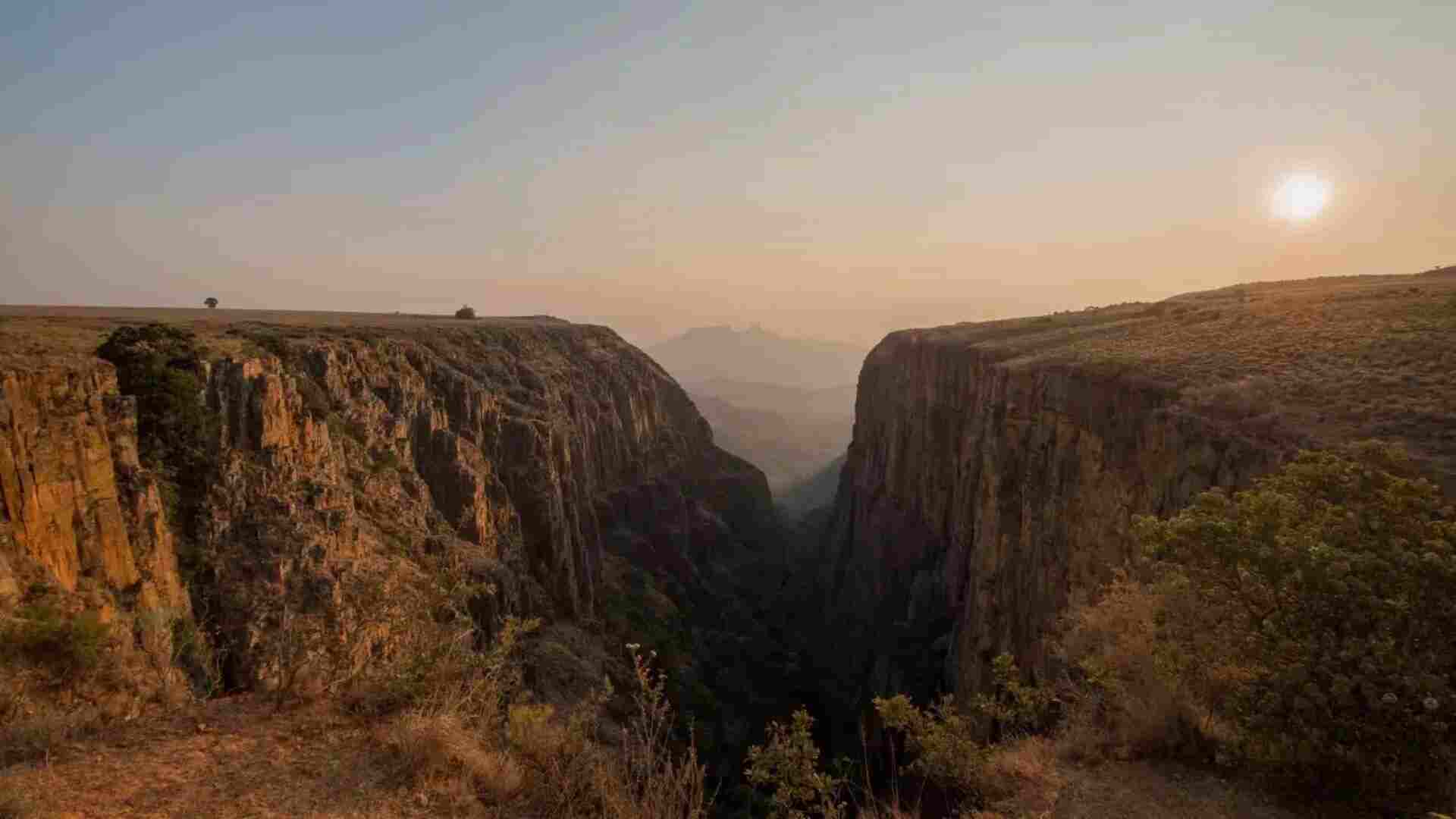A study published in ‘Geoscience Frontiers’ has reconstructed around 40% of Earth’s plate tectonics history with unprecedented precision. This groundbreaking research, led by Xianzhi Cao from the Ocean University of China, features a unique animation illustrating the dynamic changes in continental positions over time.
The animation begins with a familiar world map, showing India rapidly drifting southward and parts of Southeast Asia forming the ancient continent of Gondwana in the Southern Hemisphere. “It starts with the map of the world familiar to everyone. Then India rapidly moves south, followed by parts of Southeast Asia as the past continent of Gondwana forms in the Southern Hemisphere,” explains Alan Collins, a co-author of the study.
The visual journey continues through time, revealing how Gondwana and the supercontinent Pangaea, which formed about 200 million years ago and included North America, Europe, and northern Asia, evolved from earlier tectonic activities. It also highlights the emergence of the supercontinent Rodinia, which formed from the breakup of an even older supercontinent called Nuna around 1.35 billion years ago.
Watch:
Earth’s unique plate tectonics play a crucial role in shaping its landscape, creating mountains, earthquakes, and oceans, and distributing essential elements like phosphorus, which supports DNA structure. “Plate tectonics also exposes rocks that react with carbon dioxide in the atmosphere,” Collins notes. “Rocks locking up carbon dioxide is the main control on Earth’s climate over long time scales – much, much longer than the tumultuous climate change we are responsible for today.”
This research enhances our understanding of how Earth’s internal processes interact with surface systems that support life, revealing how essential nutrients became available and fueled the evolution of complex life. For instance, mountains formed during Nuna’s creation may have provided vital ingredients for early life forms.
However, this study only covers the last 40% of Earth’s plate tectonics history, leaving much of the planet’s 4.6-billion-year history yet to be unraveled.







